Have you ever had a boil before? If you have, you understand the intense desire to make the unsightly bump vanish as quickly as possibly.
However, it's not as easy to get rid of a boil as you might think.
That's because boils have a lot in common with pimples. As we were all told by Mom at age 13, you should never pop a pimple. That same policy holds true for boils.
Boils are usually infected pores with a big white head on top, like a zit's bigger, meaner older brother.
Because boils have a head, it can be incredibly tempting to pick them. Unfortunately, popping a boil will almost always make it worse!
Boils are small infections; popping them just introduces more bacteria to the mix. You can also turn a pimple, a milk spot, or an ingrown hair into a boil by picking at it too much.
That's why we've put together a guide to identifying and eliminating these unpleasant, painful sores.
Scroll through below to learn how to get rid of a boil the quick and safe way!
What Is A Boil?
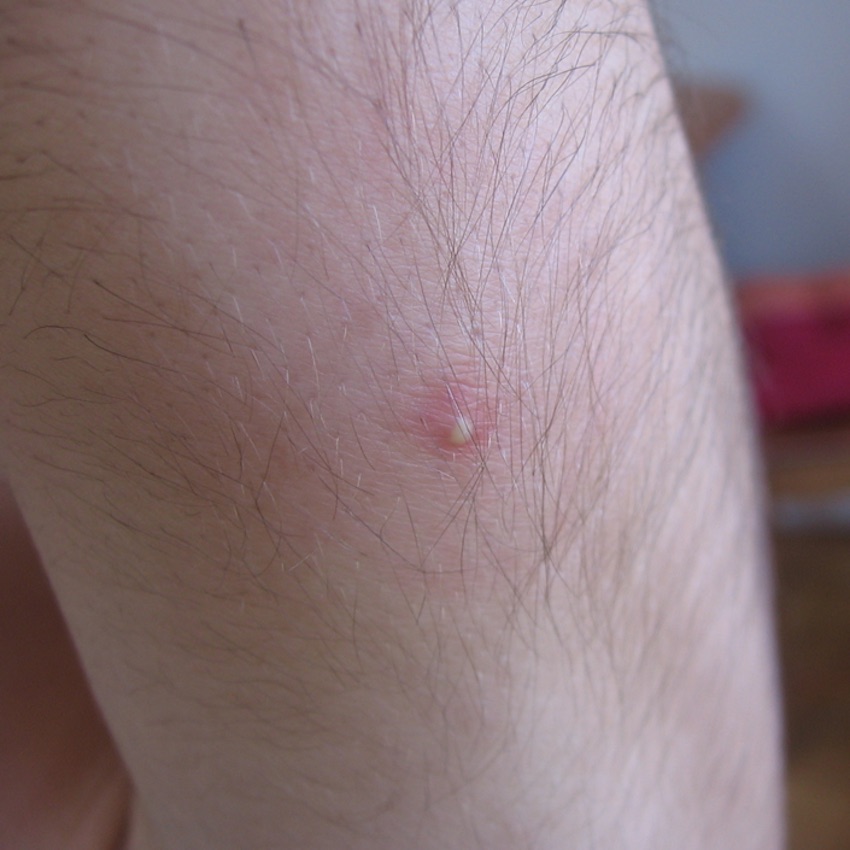
A boil is a specific type of skin infection that resembles a pimple, though it's typically larger and more painful.
It may appear anywhere on your body, but they are especially common on the neck, rear end, and thighs.
The Mayo Clinic defines boils (also called "furuncles") as "painful, pus-filled bumps that form under your skin when bacteria infect and inflame one or more of your hair follicles.The lumps quickly fill with pus, growing larger and more painful until they rupture and drain."
If that sounds unpleasant to you, you're not alone. Boils afflict hundreds of thousands of Americans every year.
The good news is that they are rarely life-threatening, and can often be treated at home.
What Causes Boils?
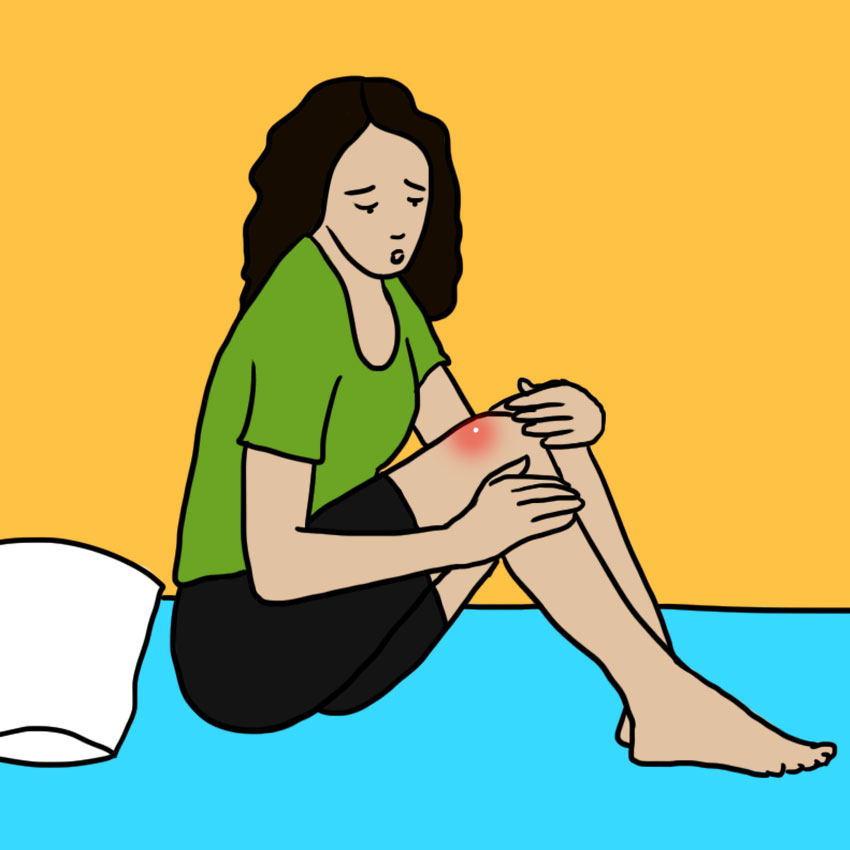
Boils basically get a kickstart whenever a pore on your body gets blocked or infected.
Boils often start out as a smaller issue, like an ingrown hair from shaving, or even a pimple.
You are more likely to get boils if you exercise and sweat a lot, if you have an immune condition that leaves you more open to infection, or if you have a preexisting skin condition like eczema.
Any situation where sebum (body oil), dead skin cells, or dirt might get into your pores is a situation where a boil might develop. Staph bacteria are often the culprit behind boils, according to Healthline.
You increase your odds if you pick at your skin frequently, which can introduce bacteria to the sore spot and irritate the skin.
How Do You Get Rid Of A Boil?Get Rid Of Boils #1: Hot Compresses
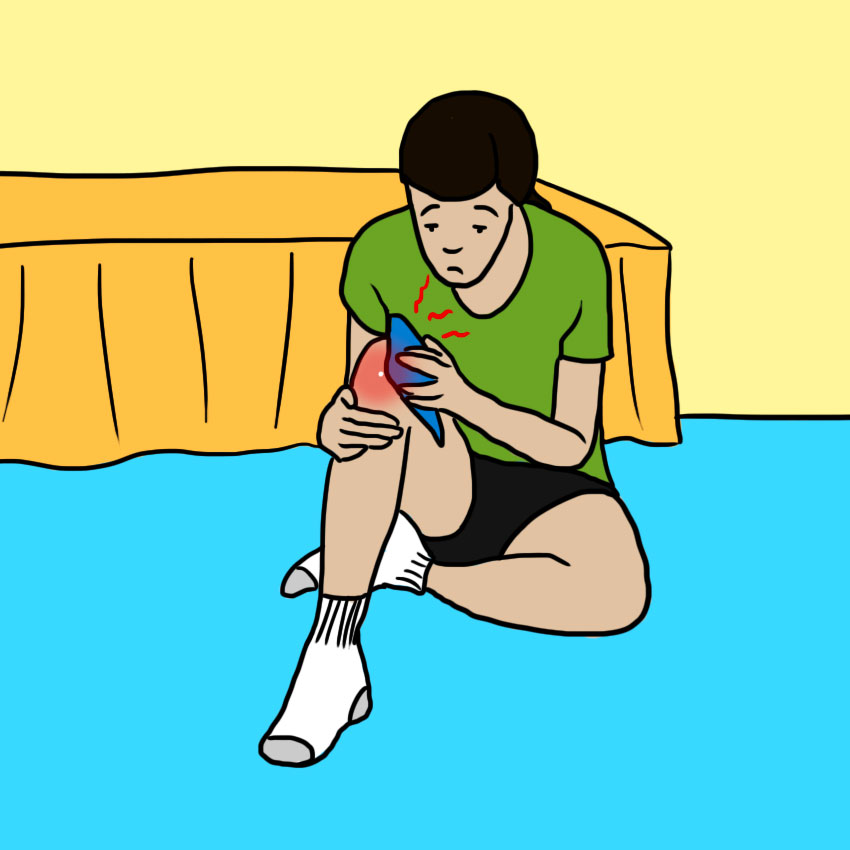
If you get a boil, applying heat and moisture to the affected area can help open it up, according to WebMD recommendations.
Try applying hot compresses using a washcloth soaked in steaming water.
Pressing it on the boil will help to loosen whatever is plugging up the pore, drawing out the pus.
You can also try soaking the affected area in the bath.
Use these approaches two or three times daily until the boil begins to drain.
Get Rid Of Boils #2: Apply Tea Tree Oil
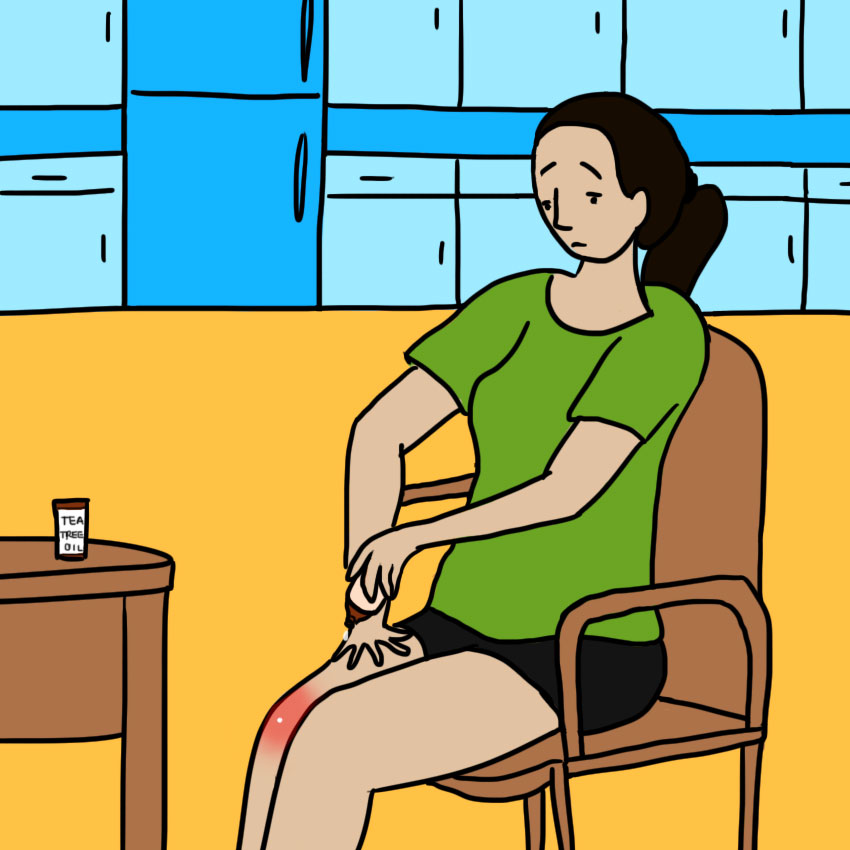
Tea tree oil often gets touted as a cure-all for minor infections, and for good reason!
According to a study from the University of Western Australia, tea tree oil has natural antiseptic and antimicrobial properties, meaning that it can kill lots of troublesome germs.
Never apply pure tea tree oil directly to a boil, as you might hurt your skin. Instead, add a few drops to a warm compress, or dilute it in warm water before applying it to the boil.
Get Rid Of Boils #3: Do Not Pop It
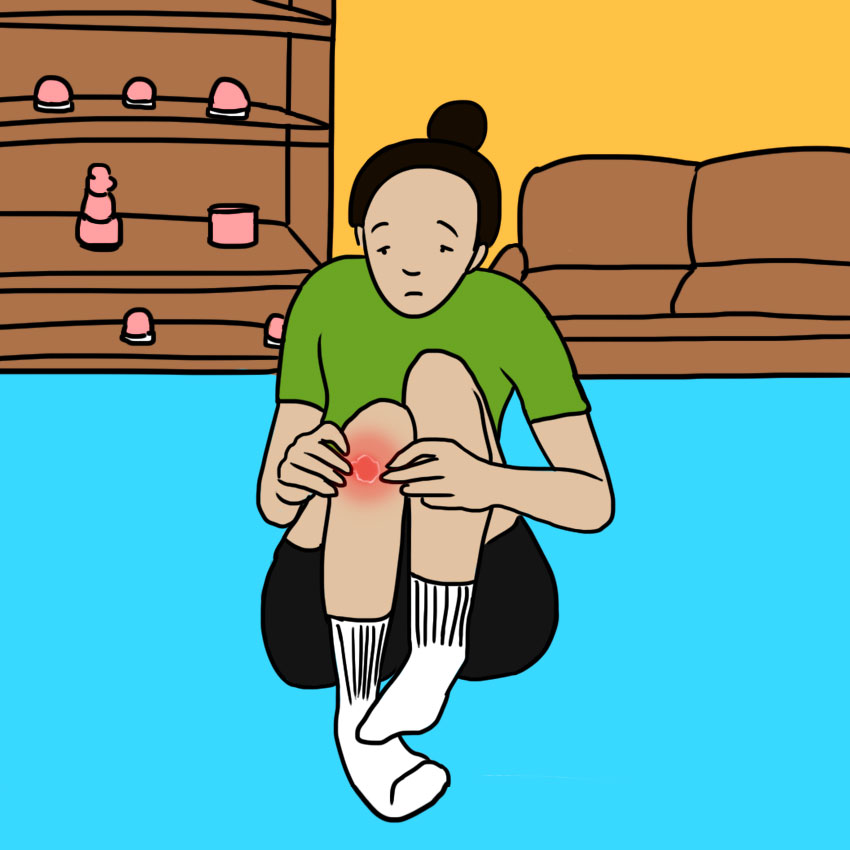
It is really tempting to pop a boil, the same way it's really tempting to pop a pimple. Resist the temptation!
After a few soakings with water, your boil should start to burst and drain on its own. Don't squeeze the boil if it pops on its own, even if it is leaking fluid or pus.
Squeezing can push the infectious pus back under the skin, and trigger even more boils, leading to a cluster called a "carbuncle," according to Mount Sinai.
Get Rid Of Boils #4: Wash With Soap And Water
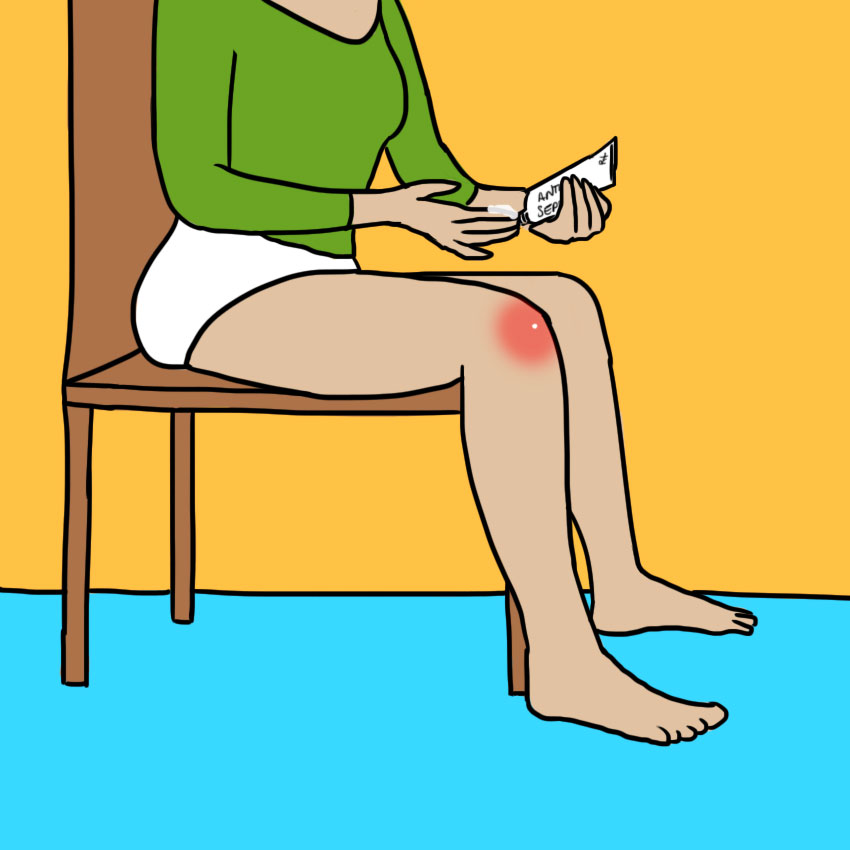
As you treat your boil, you want to make sure that you are always keeping it clean.
The UK NHS recommends that you wash a boil with hot water and antibacterial soap twice a day. You can take this step after applying compresses.
Cleansing the area thoroughly keeps the infection from spreading. You should also wash any clothes or washcloths that touch the boil, and not reuse them until they have been laundered.
Get Rid Of Boils #5: Clean And Bandage
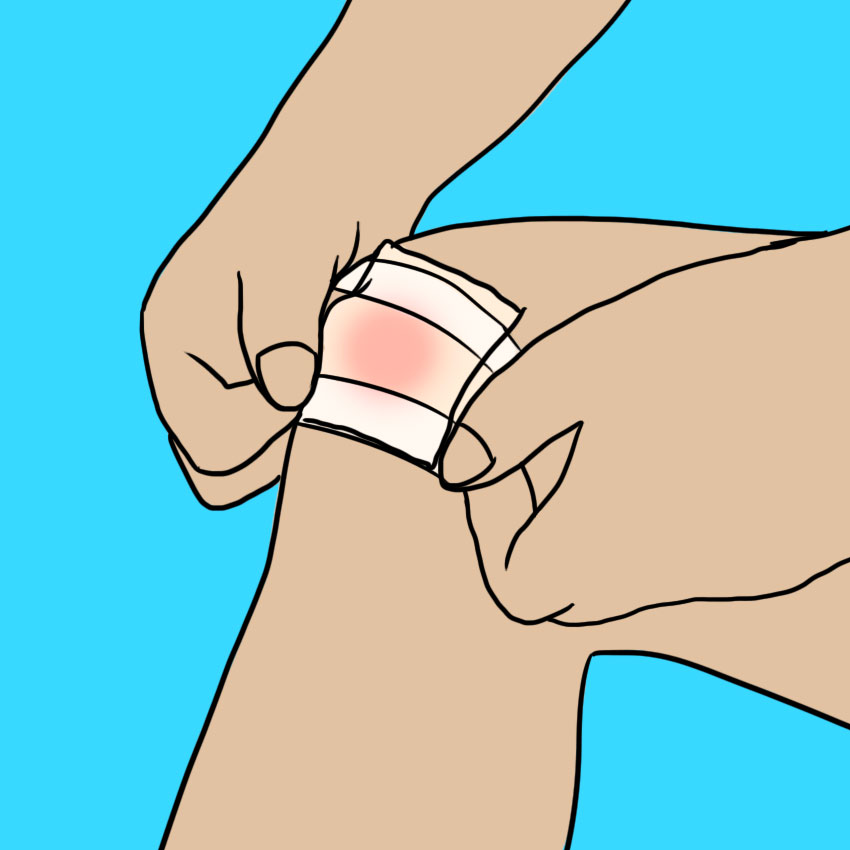
Once your boil is washed and dried, apply antibacterial ointment and cover the boil with a bandage.
This will help to protect the boil as it drains, and keep any other bacteria from entering the wound while the pus seeps out.
According to the CDC, it is very important to keep the pus from spreading, because the staph infection that triggers boils may sometimes be the staph aureus strain, better known as MRSA.
Get Rid Of Boils #6: Go To The Doctor
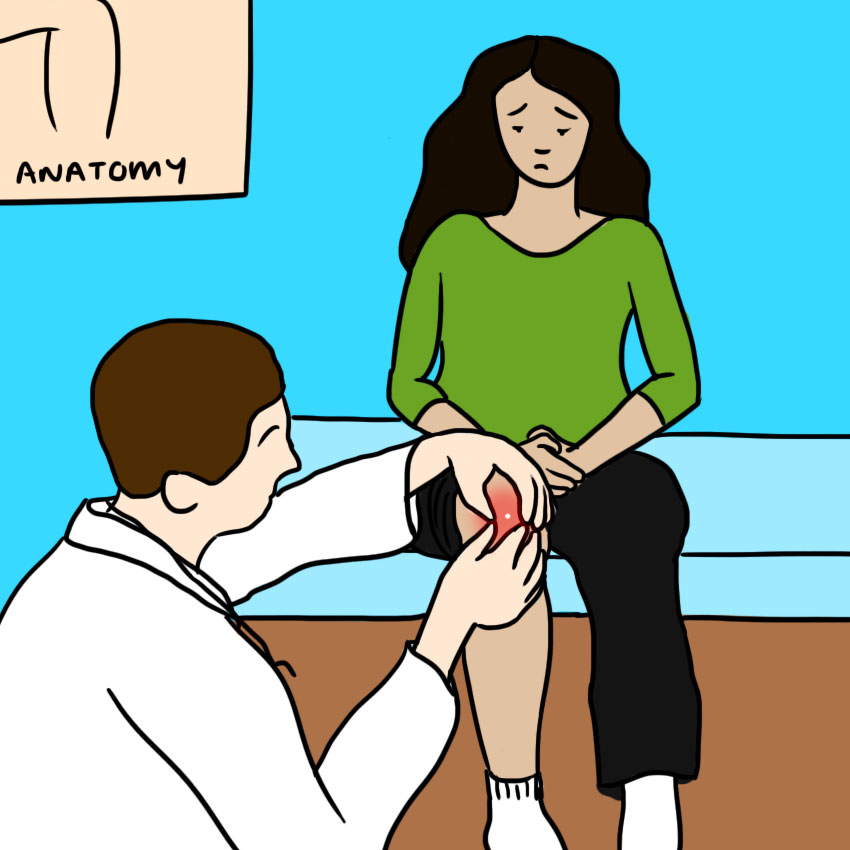
If you apply hot compresses to a boil for two weeks and it doesn't begin to drain, you need to go to a doctor.
WebMD also recommends seeing a doctor if you develop additional boils, a fever, or red streaks around the wound.
Patients with diabetes, heart disease, or a suppressed immune system might be at higher risk for complications, and should also see a doctor right away.
A doctor can drain the boil safely, and may also put you on antibiotics, depending on your infection.
How Do You Prevent Boils?
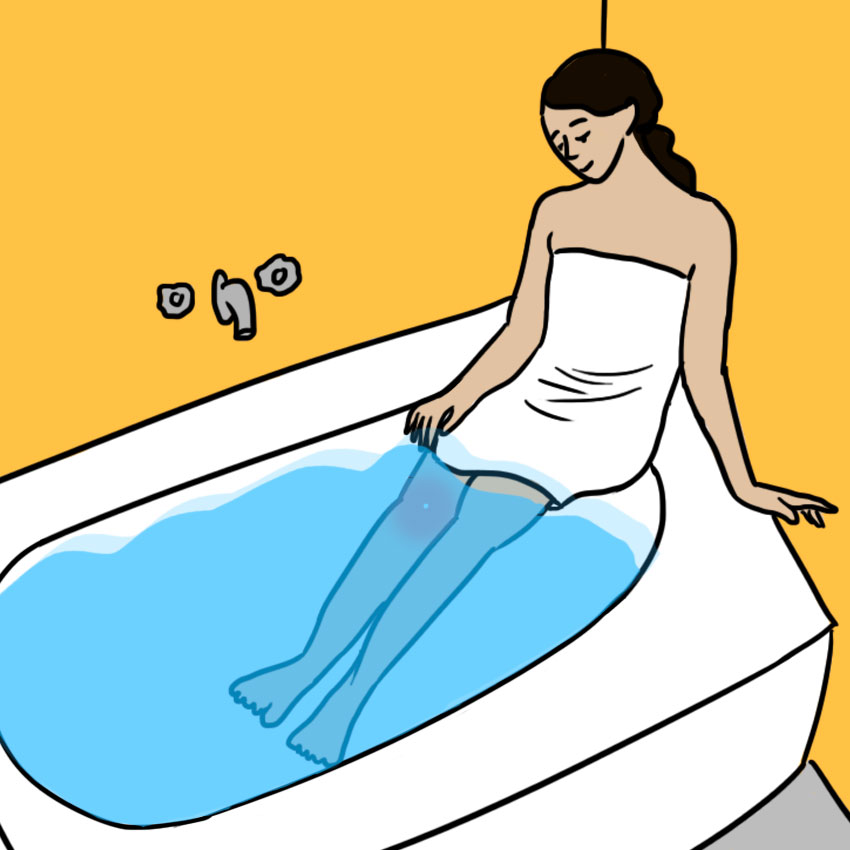
If you struggle with skin infections, you probably want to take steps to prevent boils in the future.
Make sure to bathe daily, wash linens and clothes frequently, and always shower off after exercising.
The Mayo Clinic also recommends washing your hands, covering up all open wounds, and avoiding sharing intimate items like clothing, razors, and sports gear.
This info might be icky, but it can make a huge difference in your everyday health! Make sure to SHARE and help protect friends and family!




